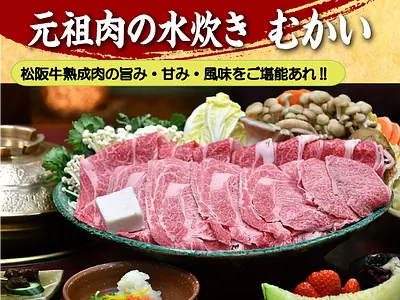Special feature on popular, standard, and little-known sightseeing spots in the Hokusei area! [A quick guide to the highlights of Mie: Hokusei Edition]
掲載日:2017.02.27
Special feature on popular tourist spots in the Hokusei area of Mie Prefecture!
The Hokusei area, which is close to Nagoya, is full of amusement spots such as `` Nagashima Spaland,'' `` SuzukaCircuit,'' and Nabananosato Sato.'' It is also an area with a TadoTaishaShrine, TsubakiGrandShrine, and Tokaido Sekijuku.
<Target cities and towns: InabeCity KuwanaCity, Suzuka YokkaichiCity Kameyama SuzukaCity KameyamaCity Toin KisosakiTown KomonoTown ToinTown AsahiTown KawagoeTown >
index
Nagashima Spaland Japan's largest amusement park! (KuwanaCity)
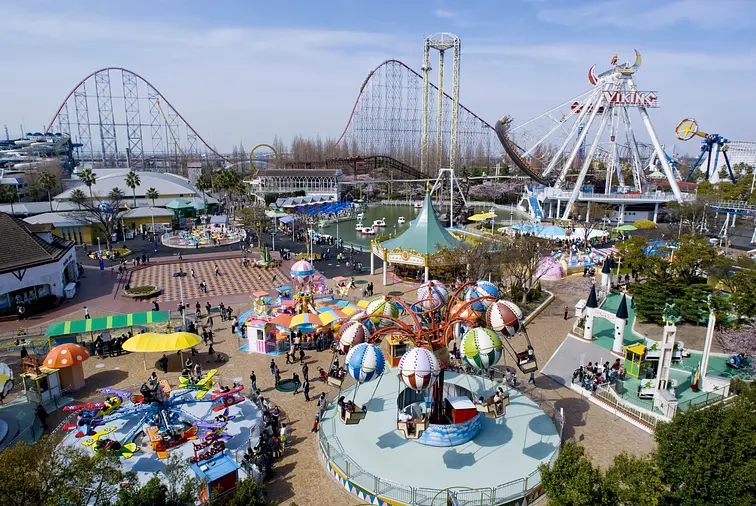
This is the largest amusement park in Japan, with over 50 types of attractions. There are approximately 50 types of attractions, including thrilling machines such as the Guinness-certified super coaster "Steel Dragon 2000" and Japan's first flying coaster "Acrobat", and in the summer there is a vast jumbo seawater pool of 75,000 square meters, one of the largest in Japan. will also be open.
Related information
Nabananosato no Sato (KuwanaCity)
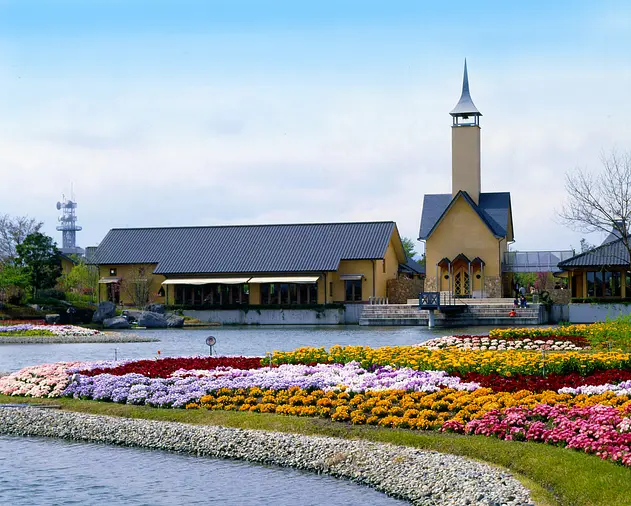
A flower and green theme park that represents not only Mie Prefecture but also the Tokai region. `` Nabananosato'' is a vast oasis where rich nature and various facilities are in harmony, and you can enjoy a variety of flowers and trees throughout the four seasons.
Related information
MitsuiOutletPark JazzDreamNagashima (KuwanaCity)
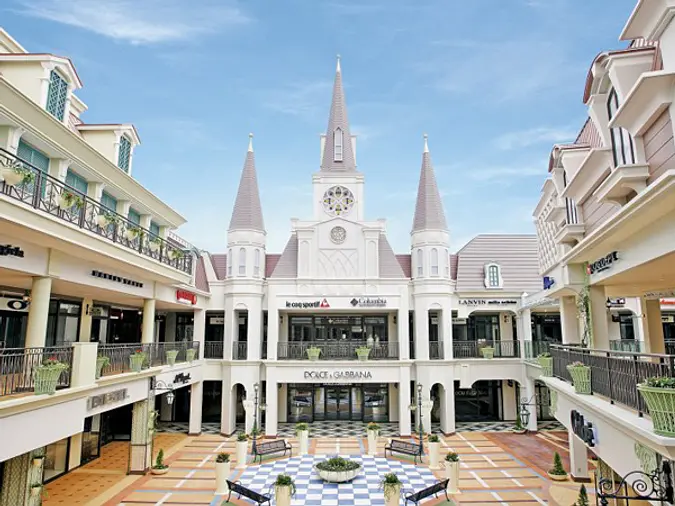
One of the largest outlet malls in Japan, adjacent to Nagashima Spaland.
The two-story mall, which has the theme of the streets of New Orleans in the United States and is easy to navigate, is stocked with famous overseas luxury brands, popular select shops, high-quality kids' fashion, men's and women's leather goods and accessories, sports, outdoor goods, and more. .
You can always enjoy shopping at outlet prices that are 30-80% off the regular price, and there are also restaurants where you can enjoy Nagoya specialties such as misokatsu and hitsumabushi, tonteki from Yokkaichi, and Ise-Udon such as Ise udon.
Rokkaen (KuwanaCity)
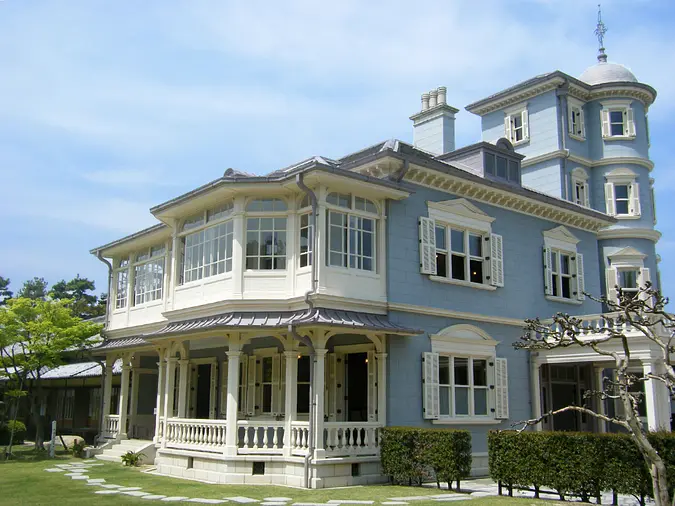
Rokkaen, completed in 1912, includes a Western-style building with a four-story tower built by Josiah Conder, the British architect who designed Rokumeikan, as well as Japanese-style architecture and a strolling garden with a pond in the front garden. It has been designated as a national important cultural property as a valuable building representative of the Meiji and Taisho periods.
In addition, the gardens, with some exceptions, have been designated as national scenic spots.
Related information
GozaishoRopeway (Komono Town, KomonoTown)
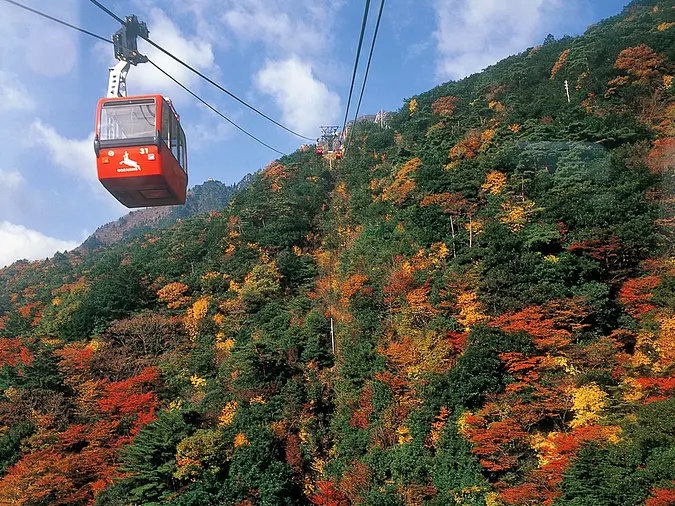
It is one of the largest ropeways in the world, with a total length of 2,161m, a height difference of 780m, and a journey time (one way) of 12 minutes. In the spring, the azaleas are in full bloom, in the summer it's cool enough that even red dragonflies come here to escape the heat, and in the fall, the leaves can be enjoyed from mid-October to late November, painting the mountains in shades of red, yellow, and brown. In winter, be impressed by the beautiful “frozen trees and icebergs”! It is the only ski resort in the prefecture and can be enjoyed all year round.
Related information
Aquaignis Kataoka Onsen (Komono Town, KomonoTown)
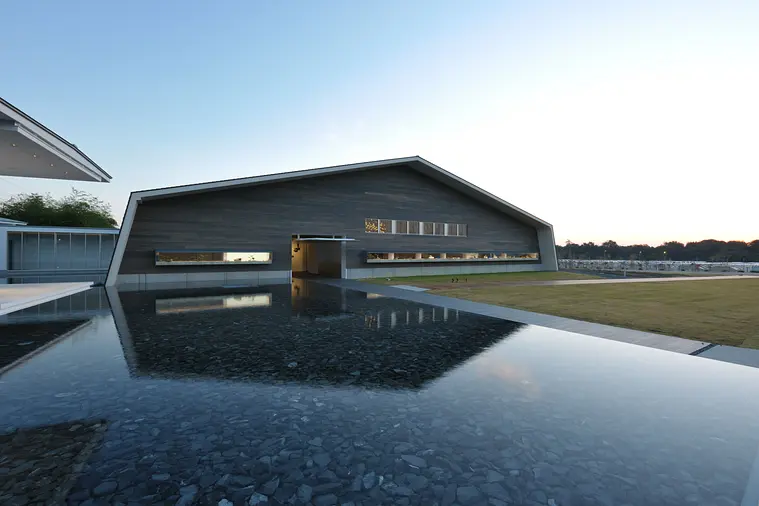
Kataoka Onsen has been reborn as a complex hot spring resort facility with the theme of ``healing'' and ``food'' by pastry chef Hirohiro Tsujiguchi, Italian chef Masayuki Okuda, and Japanese chef Masahiro Kasahara. Sweets, stone-oven bread, Italian cuisine, Japanese cuisine, and counter-kappo restaurants are all gathered together on a site of approximately 49,000 square meters, and there are also plenty of accommodation facilities.
Related information
Forest Adventure Yunoyama (KomonoTown)
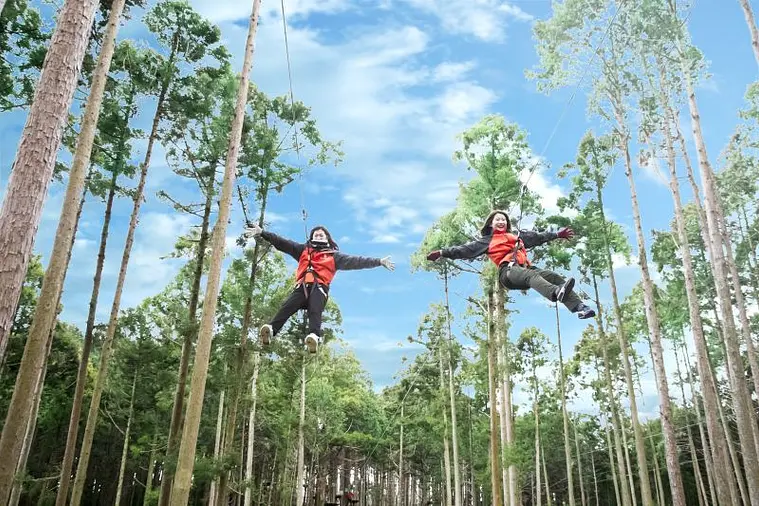
Mie Prefecture's first outdoor park coexisting with nature.
You can enjoy an adventure course that offers a dynamic treetop experience.
Related information
Yokkaichi Night View (Yokkaichi Port Building) (YokkaichiCity)
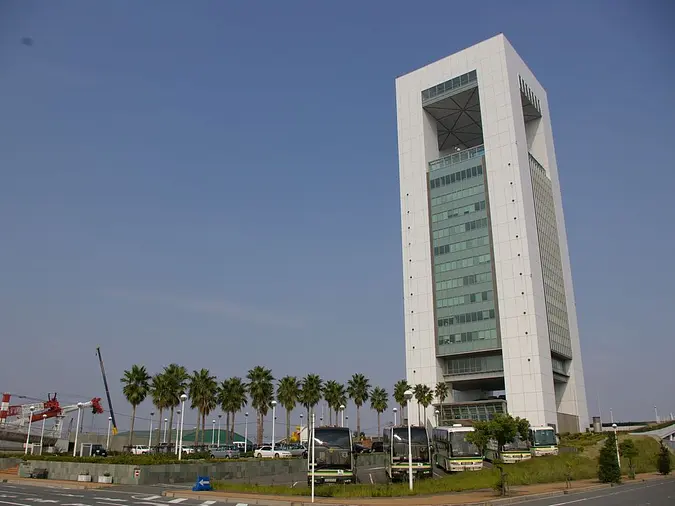
A 100m tall building built to commemorate the 100th anniversary of the opening of Yokkaichi Port. From the top floor (14th floor), you can enjoy a panoramic view of the coastal industrial area, Yokkaichi Port, and the Suzuka Mountains.
You can also learn about the history and workings of Yokkaichi Port through videos and exhibits.
Related information
Tokaido Sekijuku (KameyamaCity)
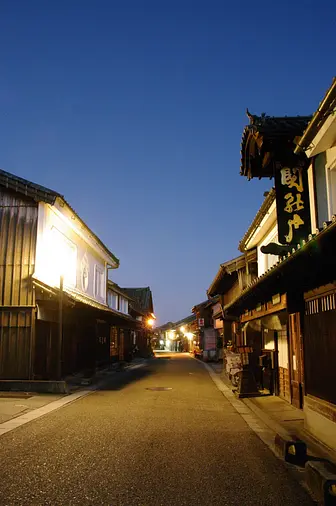
It prospered as the 47th post town on the 53 stations Tokaido. More than 200 townhouses built from the late Edo period to the Meiji period still exist here, and it was selected as a nationally important preservation district for groups of traditional buildings (selected in 1982) and one of Japan's 100 best roads (selected in 1986). It has been selected as a tourist destination and has a lot to offer.
Related information
Ise Kameyama specialty original meat mizutaki Mukai (KameyamaCity)
Since our founding in 1935, we have continued to diligently protect the exquisite Matsusaka beef, perfect for both boiling and eating, and the original mizutaki meat dish as a traditional flavor.
We look forward to your visit.
SuzukaCircuit (SuzukaCity)
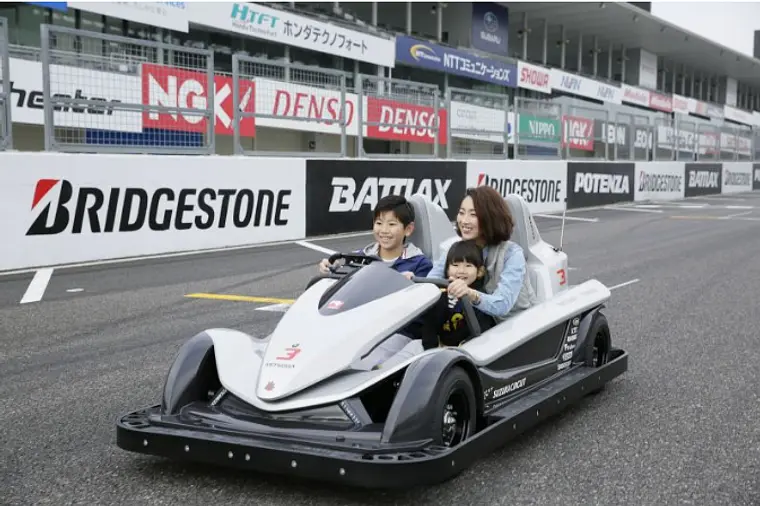
A mobility theme park centered around an international racing course where big races such as the F1 Japanese GP and the Suzuka 8 Hours are held, as well as an amusement park, hotels, restaurants, and more. The amusement park "Motopia" features attractions that families can enjoy together, with a focus on motorcycle and car attractions that small children can drive on their own.
Related information
InabeCity Agricultural Park (InabeCity)
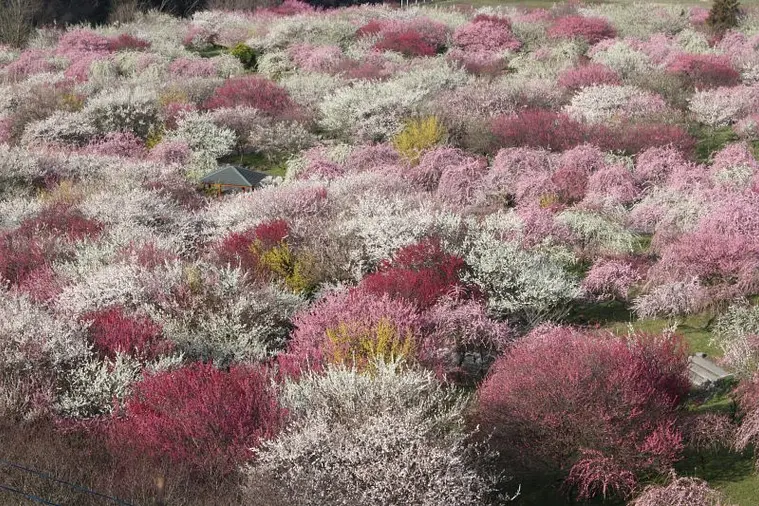
<Inabe Plum Festival>
It is held at Bairin Park from February to March every year. The plum grove with 4,000 plum trees of 100 varieties is a sight to behold!
<Inabe Botan Festival>
It is held every year during Golden Week from April to May.
The largest in the Tokai area! 5,000 peonies of 35 types bloom throughout the park!
<Plum picking experience>
It is held every year in late June at Bairin Park.
Customers will be asked to harvest plum blossoms that are ripening.
<Seasonal pleasures other than those listed above>
Various flowers bloom.
Peach blossoms, cherry blossoms, forsythia, snow willow, cornelian cornflower, azalea, hydrangea, wisteria, japonica, etc.
Related information
Manyo no Sato Park (InabeCity)
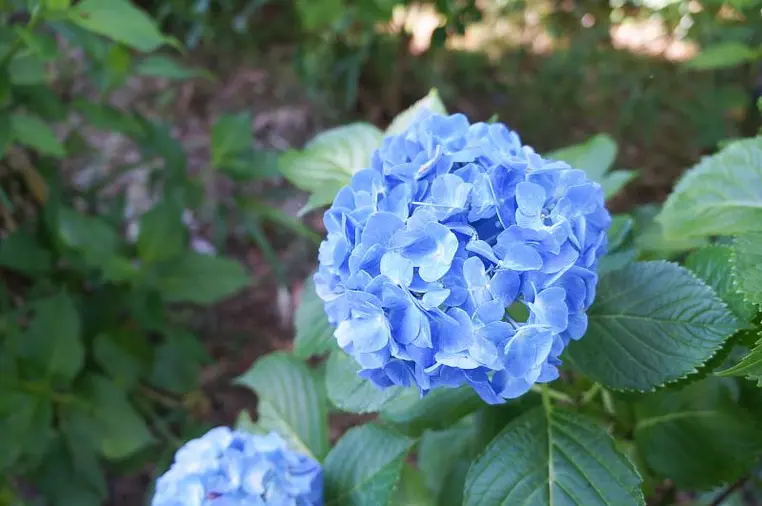
Manyo no Sato Park, located in Kitase-cho InabeCity, is a park where you can enjoy about 140 types of plants associated with Japan's oldest extant collection of waka poems, Manyoshu, along with waka poems. In June, approximately 3,000 hydrangeas are in full bloom, and you will be healed by the colorful flowers!
Related information
Lively Forest (InabeCity)
The new InabeCity government building opened in May 2019, and the "Nigiwai no Mori" located right next to it. At the same time as inviting food experts who run popular restaurants from outside Mie Prefecture, the owners of each store are working hand in hand with local residents to promote local production for local consumption as well as various activities such as increasing the value of agriculture and food. Masu.
Related information
Click here for a detailed interview report → Community development through food at Nigiwai no Mori Four stores where you can enjoy popular gourmet food are gathered in Nabe!
TadoTaishaShrine (KuwanaCity)
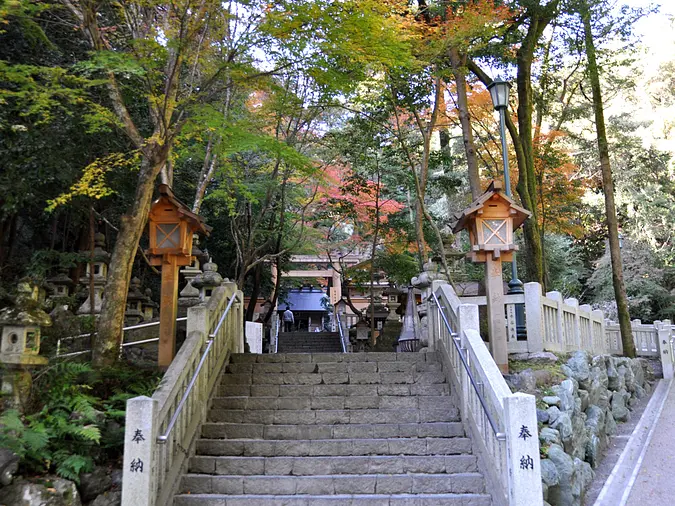
Since ancient times, this ancient shrine has been known as the Kitaise Grand Shrine, and has been said to be ``If you go to Ise, you should also pray, but if you don't pray, you will be lost.'' It is dedicated to the god of prosperous business and praying for rain.
The Ageuma Shinto ritual held on May 4th and 5th is a world-renowned festival in which young jockeys run up a precipice more than 2 meters high, and the number of horses that climb up is used to predict the abundance of crops for the year.
Related information
Nabeta River bank cherry blossom trees (Kisosaki Town, KisosakiTown)
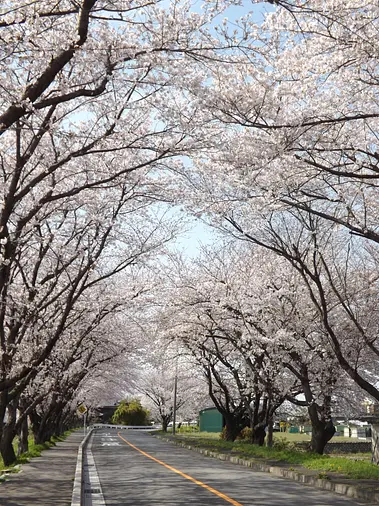
Approximately 1,500 cherry trees are planted along a 4km stretch along the Nabeta River. The tunnel of cherry blossoms that covers the sky is spectacular, and the walking path next to the road is popular as it allows you to take a leisurely stroll while admiring the cherry blossoms in full bloom.
KawagoeElectricPower.MuseumTera46 (Kawagoe Town, KawagoeTown)
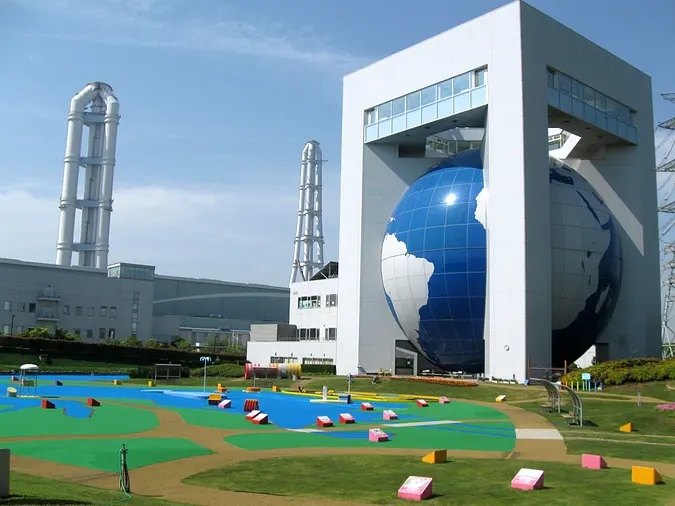
This is a theme park-style power museum where you can see, touch and feel the coexistence between humans and the Earth, which has existed for 4.6 billion years, and explain it in an easy-to-understand way while having fun. You can learn about energy and the environment while having fun.
Related information
BankonoSatoCenter (YokkaichiCity)
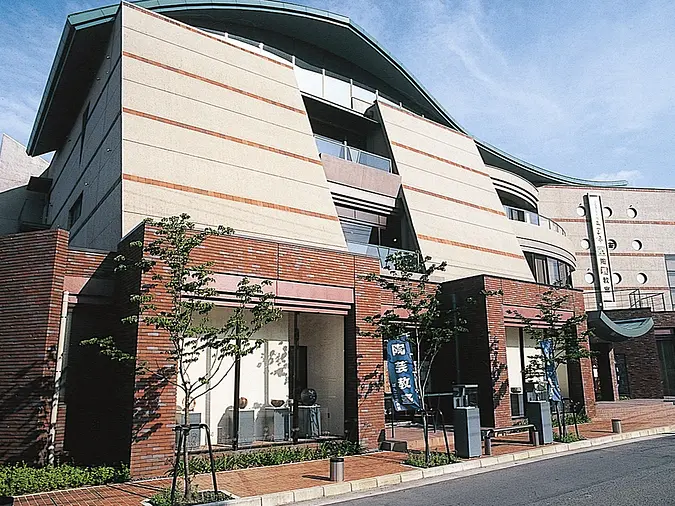
A museum that displays and sells Banko-Yaki ware, Mie Prefecture's representative pottery.
In addition to an exhibition room and gallery that systematically introduce all aspects of Banko-Yaki, there is also a shop with affordable prices that can only be found in the production area, a multipurpose hall, and more.The workshop on the first floor also has a one-day pottery class that anyone can use by making a reservation. It is being held.
TsubakiGrandShrine (SuzukaCity)
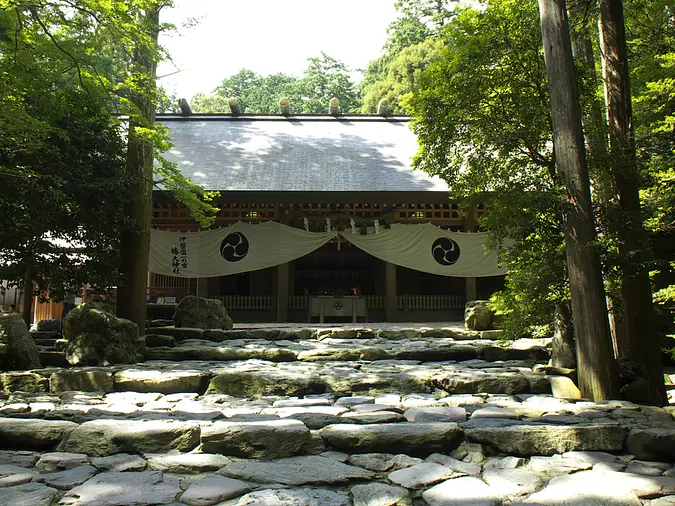
It enshrines Sarutahiko Okami, known as the god of good fortune, and is visited by worshipers from all over the country. In the solemn precincts surrounded by trees, there is a tea room called Suzushoan, which was donated by Konosuke Matsushita, the founder of Matsushita Electric, and is open to the public regardless of the school.
Related information
Kameyama Castle Ruins (KameyamaCity)
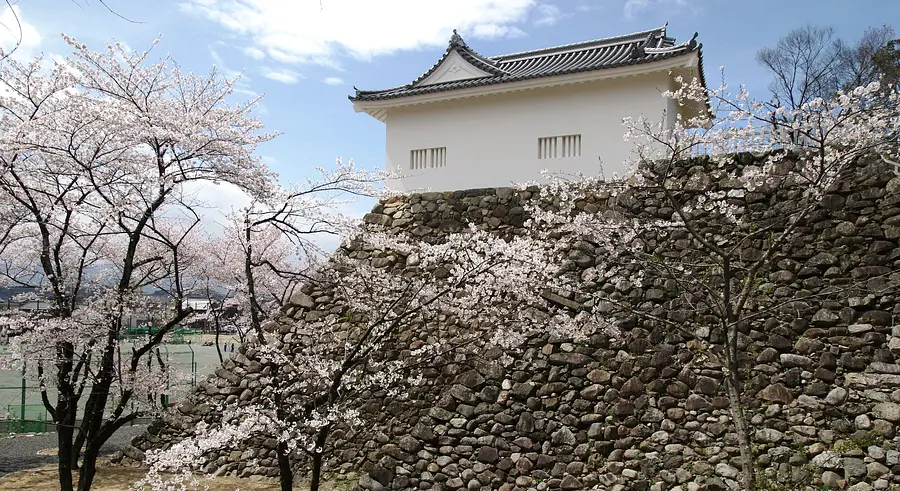
The castle was built in 1590 by Munenori Okamoto. The castle tower was lowered in the 9th year of Kan'ei (1632) during the reign of Yasumori Miyake, and the current Tamon Yagura was built on the ruins of the castle tower during the Shoho era (1644-1648) when Shunji Honda was the castle's lord.
It is a one-story building with painted white walls, a gabled roof, and gables on three sides, east, west, north, and was used as an armory during peacetime. As the only remaining castle building in the prefecture, it was designated as a prefectural historic site in 1952, and it is full of rustic charm, especially during the cherry blossom season and snowfall, and the Tamon Yagura, which towers over the high stone wall, still retains the same atmosphere as it did in the past. Masu.
Founding year: Azuchi-Momoyama
Kuwana IshidoriFestival (KuwanaCity)
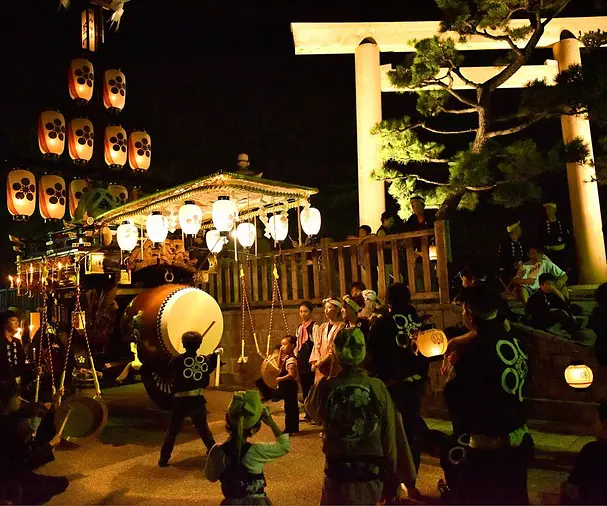
This festival is held mainly at Kasuga Shrine KuwanaCity, and is known as ``Japan's Noisiest Festival'' and ``The World's Strangest Festival.'' It is a vibrant and heroic festival where over 30 ornately decorated ritual vehicles are equipped with gongs and drums, and the sounds they make all beat in unison overwhelm the viewers. It has been loved by locals for a long time as a summer tradition in Kuwana.
During Honraku, the parade goes to Kasuga Shrine, so the sight of the parade along the old Tokaido is said to be fierce and give a sense of bravery. There is also a historically valuable festival car with carvings by Kazushiro Tachikawa Tomishige and decorations by Koun Takamura, and residents from each district come out to participate, making it the biggest entertainment event held once a year. It was designated as a national important intangible folk cultural property on March 7, 2007 (H19).
Monkhei Festival (KomonoTown)
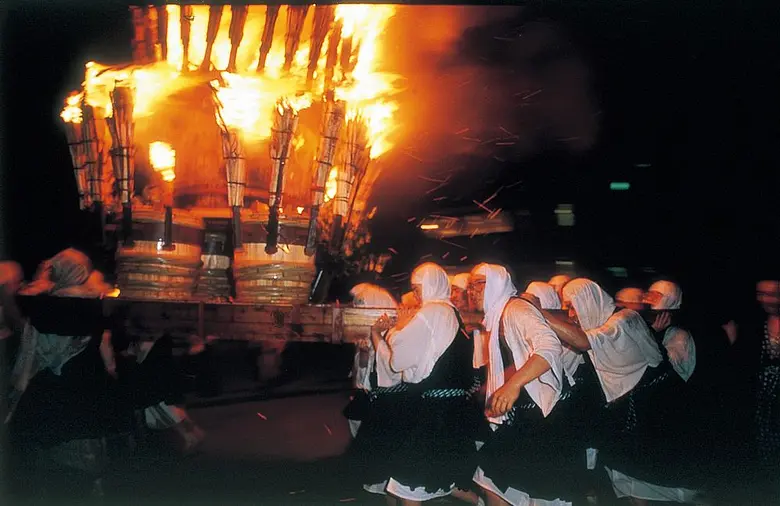
This festival originates from the warrior monks of Sangakuji Temple who bravely fought against Oda Nobunaga. It is also said to be the largest flame festival in Mie Prefecture.
The main attraction is the ``Henen Mikoshi,'' which parade through the hot spring town carrying a 600 kg portable shrine with a burning torch. There will be many events such as fireworks, stage talent shows, performances, and night stalls. This is an event that many people can enjoy.
obuke Hachioji Festival [obuke Shrine] (Asahi Town, AsahiTown District)
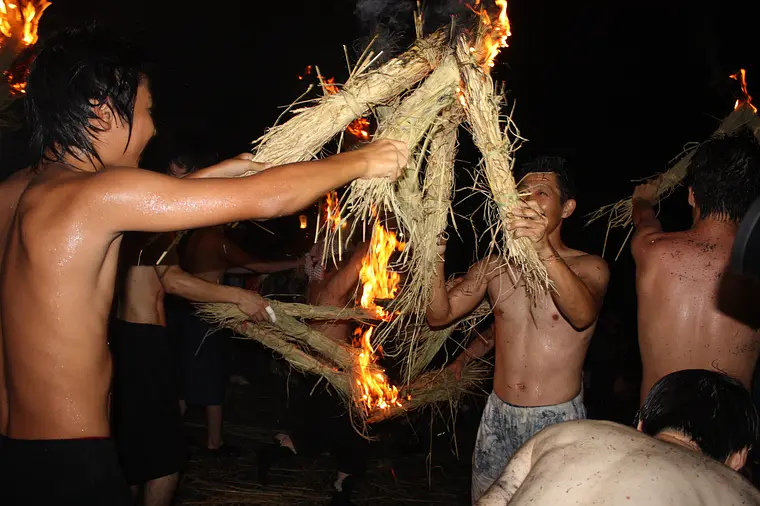
The fire festival is designated as an intangible cultural property of AsahiTown. The festival car is carried around the area while beating a large drum and gong, and is paraded to obuke Shrine. Inside the shrine grounds, the participants are divided into two groups, shirtless young people and older adults, and they beat each other with lit bundles of straw to drive away the evil spirits that have infected people.
Finally, a large torch 5 to 6 meters high is lit and a pillar of fire is raised.
This is a ritual that brings the plagues that are common in midsummer to heaven with a pillar of fire.
Click here for special features on tourist spots in other areas of Mie Prefecture.
〇Special feature on popular, standard, and little-known tourist spots in the Chunanse area
〇Special feature on popular, standard, and little-known tourist spots in the Ise-Shima area
〇Special feature on popular, standard, and little-known tourist spots in the Iga area
〇Special feature on popular, classic, and little-known tourist spots in HigashiKishu area
| Category | |
|---|---|
| season | |
| area |
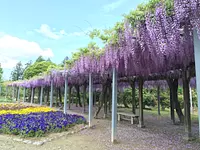
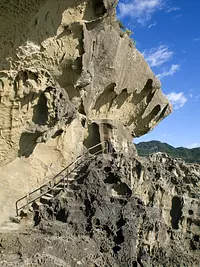
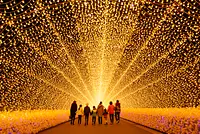










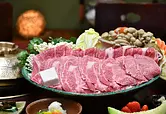












![obuke Hachioji Festival [obuke Shrine]](https://www.kankomie.or.jp/rails/active_storage/representations/proxy/eyJfcmFpbHMiOnsibWVzc2FnZSI6IkJBaHBBbVBYIiwiZXhwIjpudWxsLCJwdXIiOiJibG9iX2lkIn19--65405c6867fe58ba37ac08ace252d38bb9993037/eyJfcmFpbHMiOnsibWVzc2FnZSI6IkJBaDdCem9MWm05eWJXRjBPZ2wzWldKd09oSnlaWE5wZW1WZmRHOWZabWwwV3dkcEFhWXciLCJleHAiOm51bGwsInB1ciI6InZhcmlhdGlvbiJ9fQ==--eb90280ff6a4fc8dcd70892674b7dec5a7ad4845/2163_1_org.jpg)

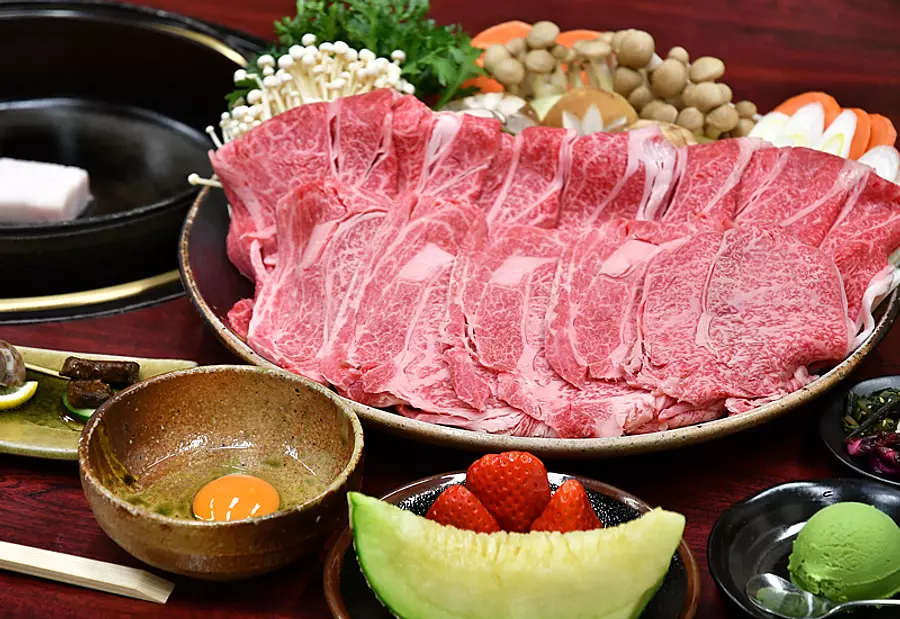
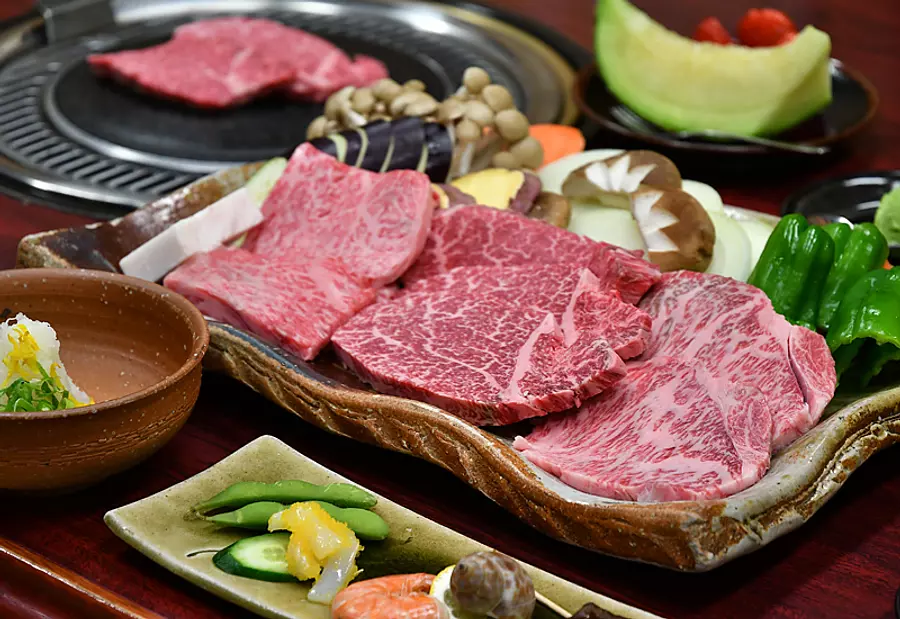
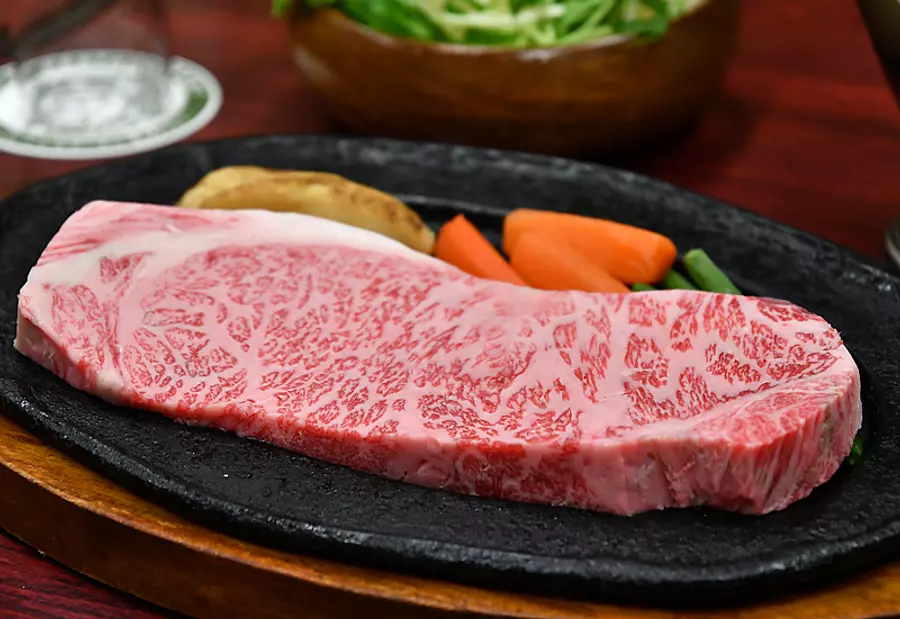
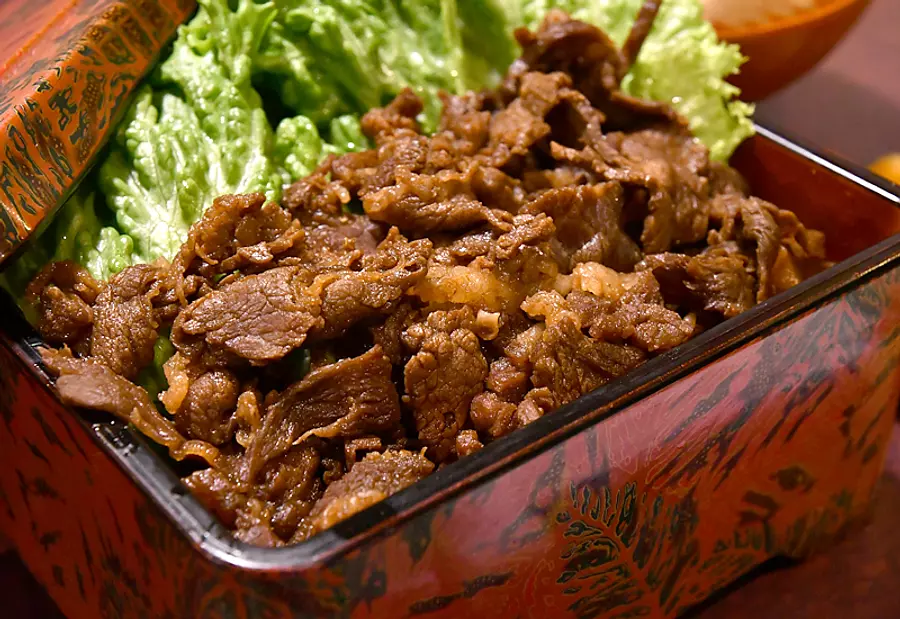
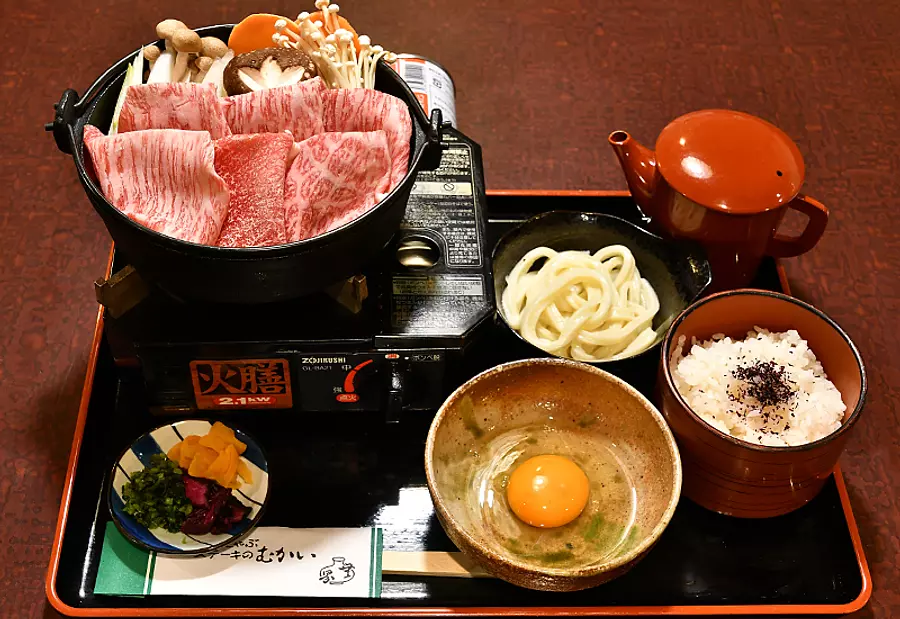
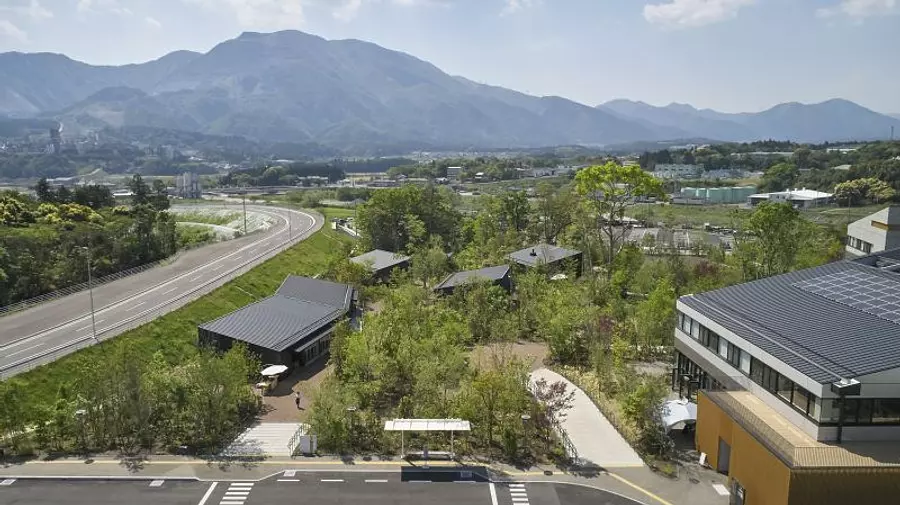
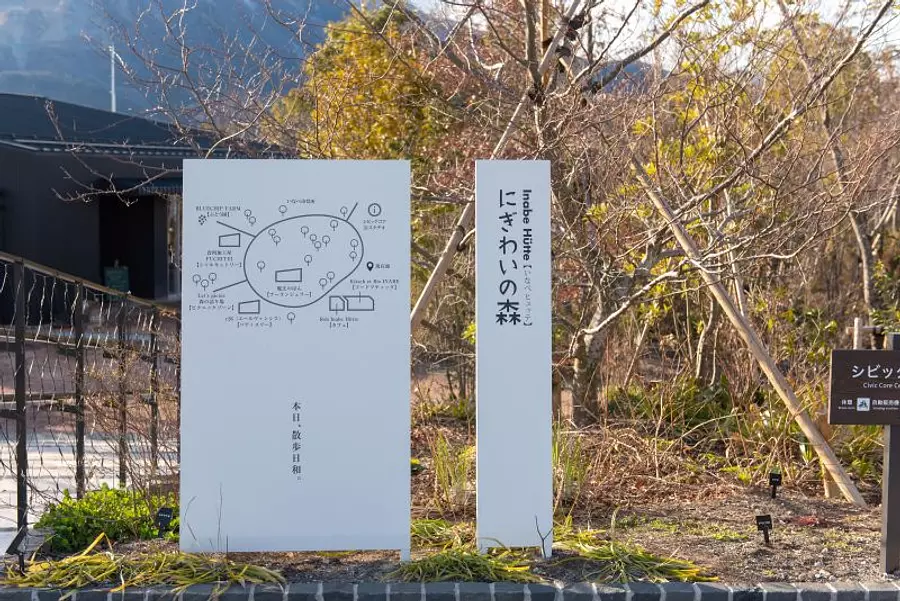
.jpg)
